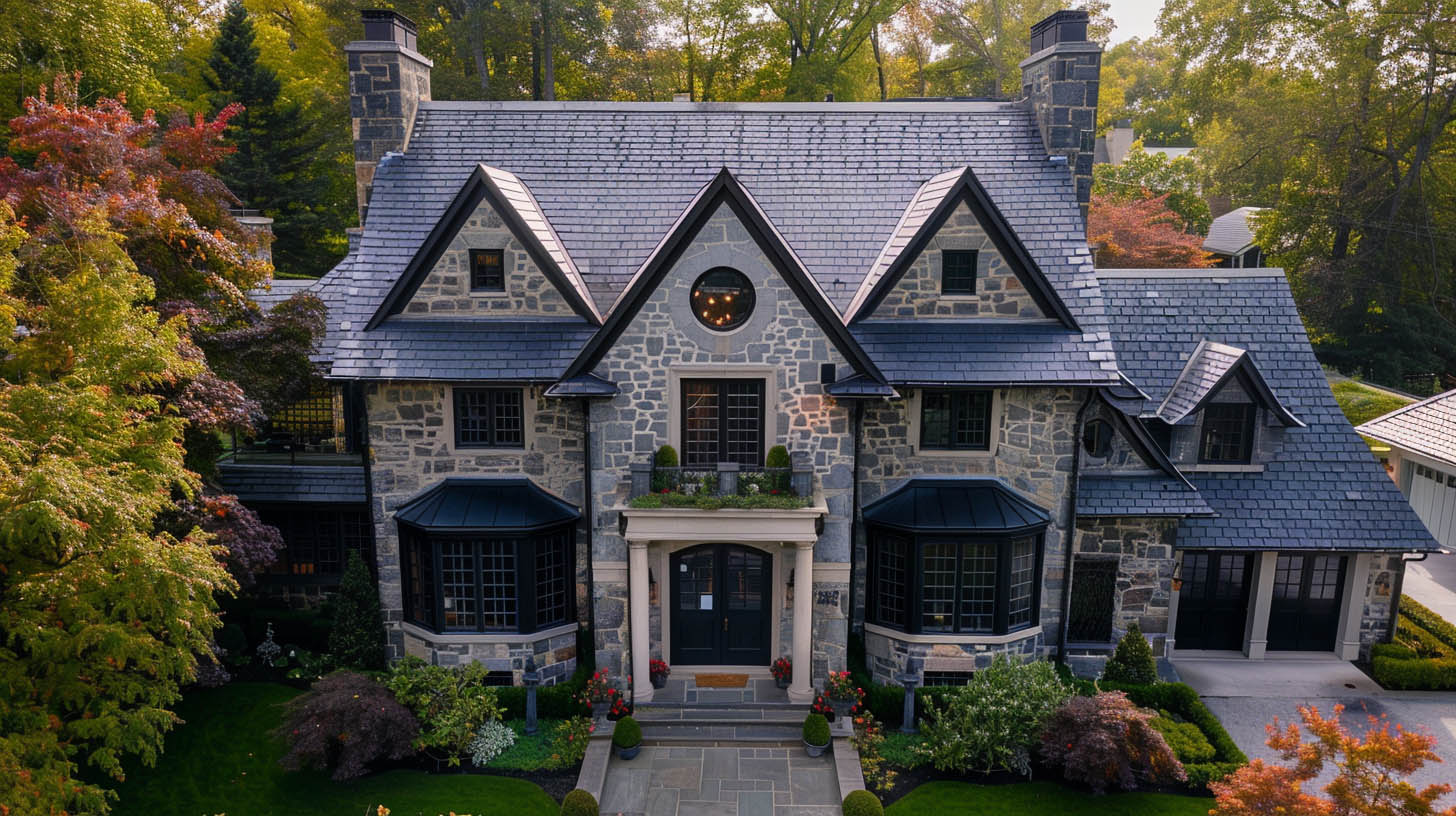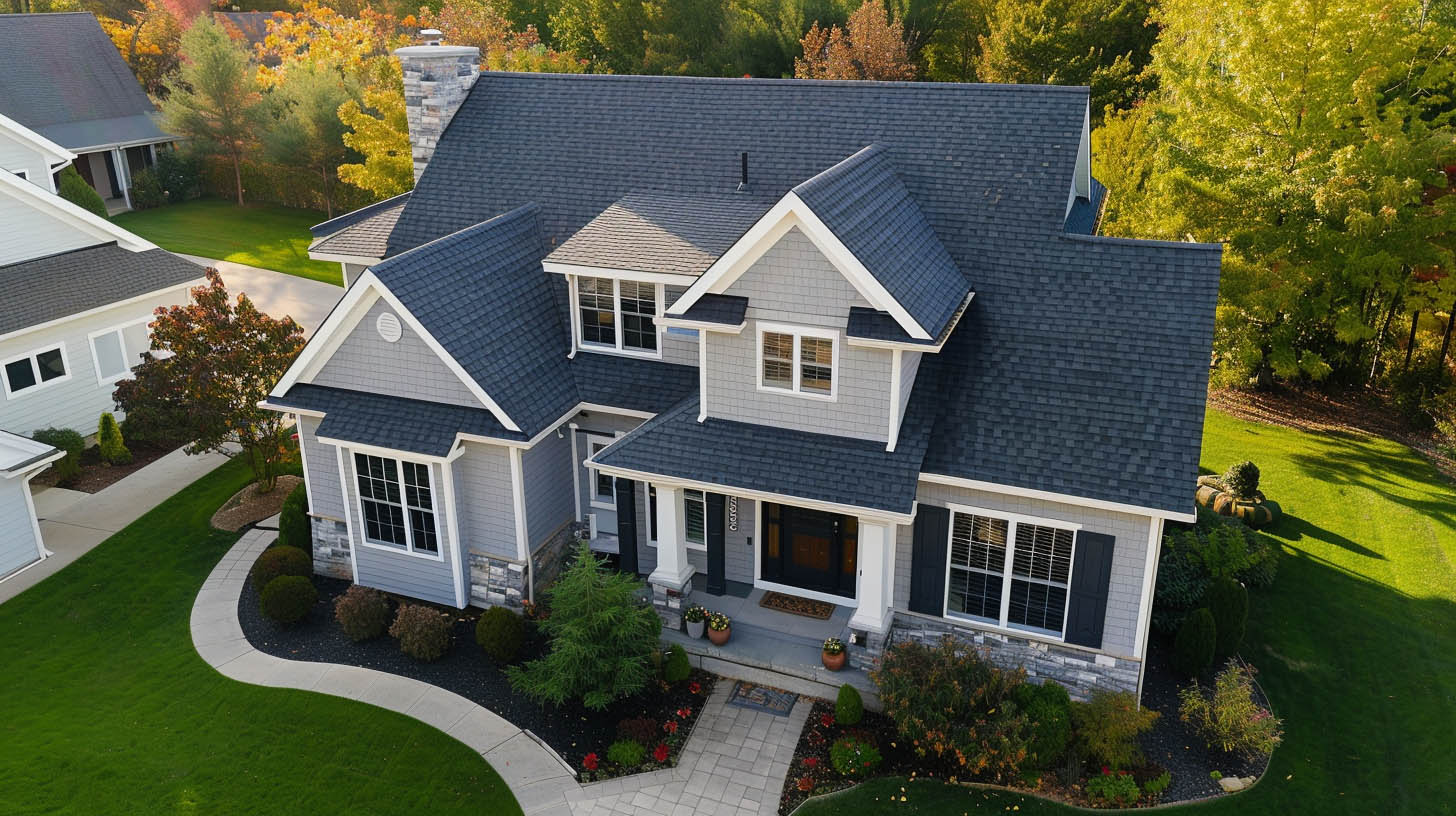
Lifespan Variability Among Shingle Types
The durability of shingle roofs varies significantly based on the material, installation quality, climate, and upkeep. Here’s a brief overview of what to expect from the most prevalent shingle materials:- Asphalt Shingles: Predominantly chosen for their cost-effectiveness, asphalt shingles typically offer a life expectancy of 20 to 30 years, with premium versions lasting up to 50 years.
- Wood Shingles: Offering a rustic charm, wood shingles can last about 30 years, potentially extending with diligent maintenance.
- Metal Shingles: Esteemed for their resilience, metal shingles can serve your home for 40 to 70 years, making them an excellent long-term investment.
- Slate Shingles: With unparalleled longevity, slate shingles can effectively protect your home for 50 to 100 years or more, thanks to their robust nature.
Key Factors Influencing Lifespan
Several elements play a crucial role in determining how long your shingle roof will last:- Climate: Extreme weather conditions, including intense heat, cold, and severe storms, can prematurely age your roof.
- Maintenance: Regular inspections and upkeep, such as cleaning and timely repairs of minor damage, can significantly prolong a roof’s life.
- Installation Quality: The lifespan of your roof heavily depends on the quality of its installation. Proper technique, including adequate ventilation and flashing, is essential for longevity.
Signs You Need a Roof Replacement
While consistent maintenance can extend your roof’s life, eventual replacement is inevitable. Be on the lookout for these telltale signs that your roof may need replacing:- Aging: If your roof is nearing or has surpassed its expected lifespan, it’s prudent to consider a replacement.
- Shingle Damage: Symptoms such as curling, buckling, or missing shingles suggest that your roof’s protective capabilities are waning.
- Granule Loss: An accumulation of granules in gutters or downspouts often indicates that asphalt shingles are nearing the end of their lifespan.
- Persistent Leaks: Ongoing leaks, especially those that persist despite repairs, are a strong indication that a new roof may be necessary.
- Mold or Algae Growth: Extensive growth of mold or algae can signal deteriorating shingle integrity and necessitate a roof replacement.


